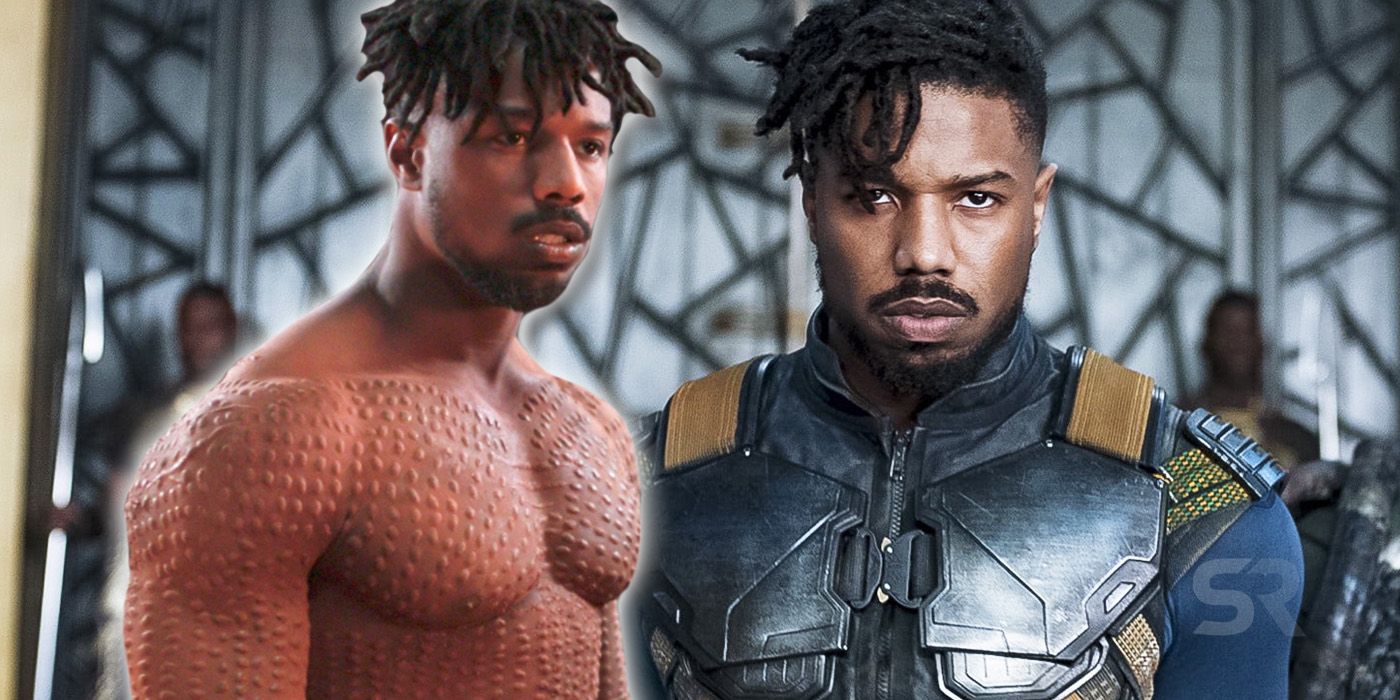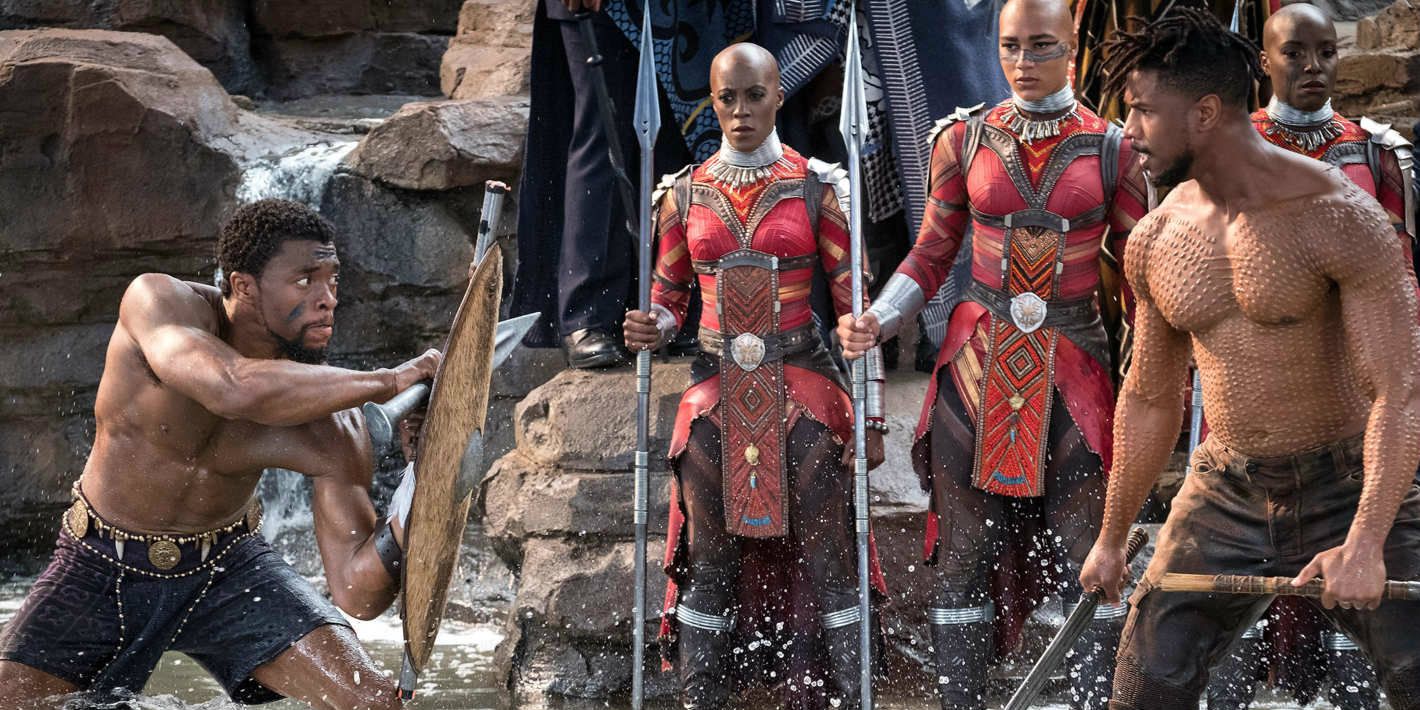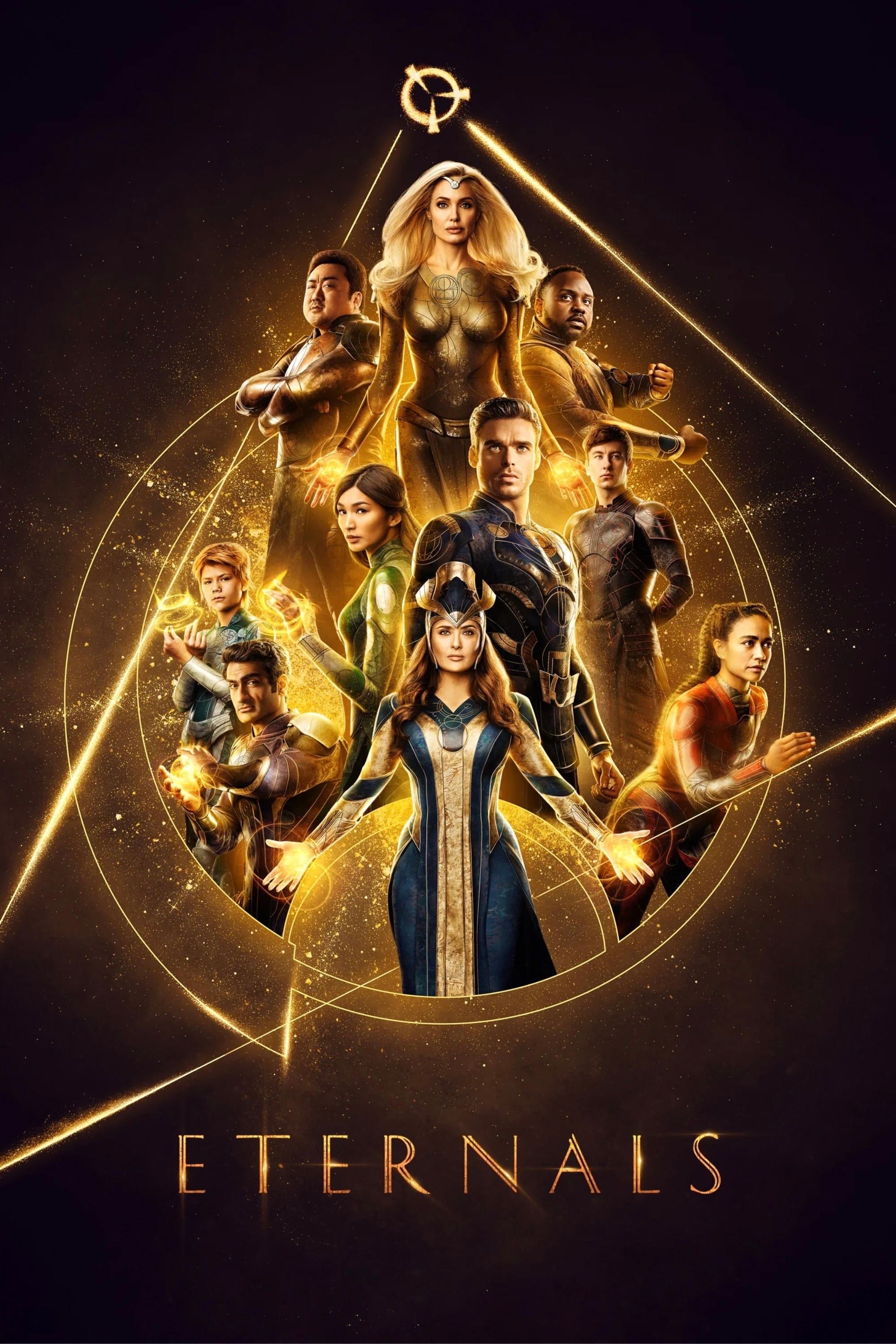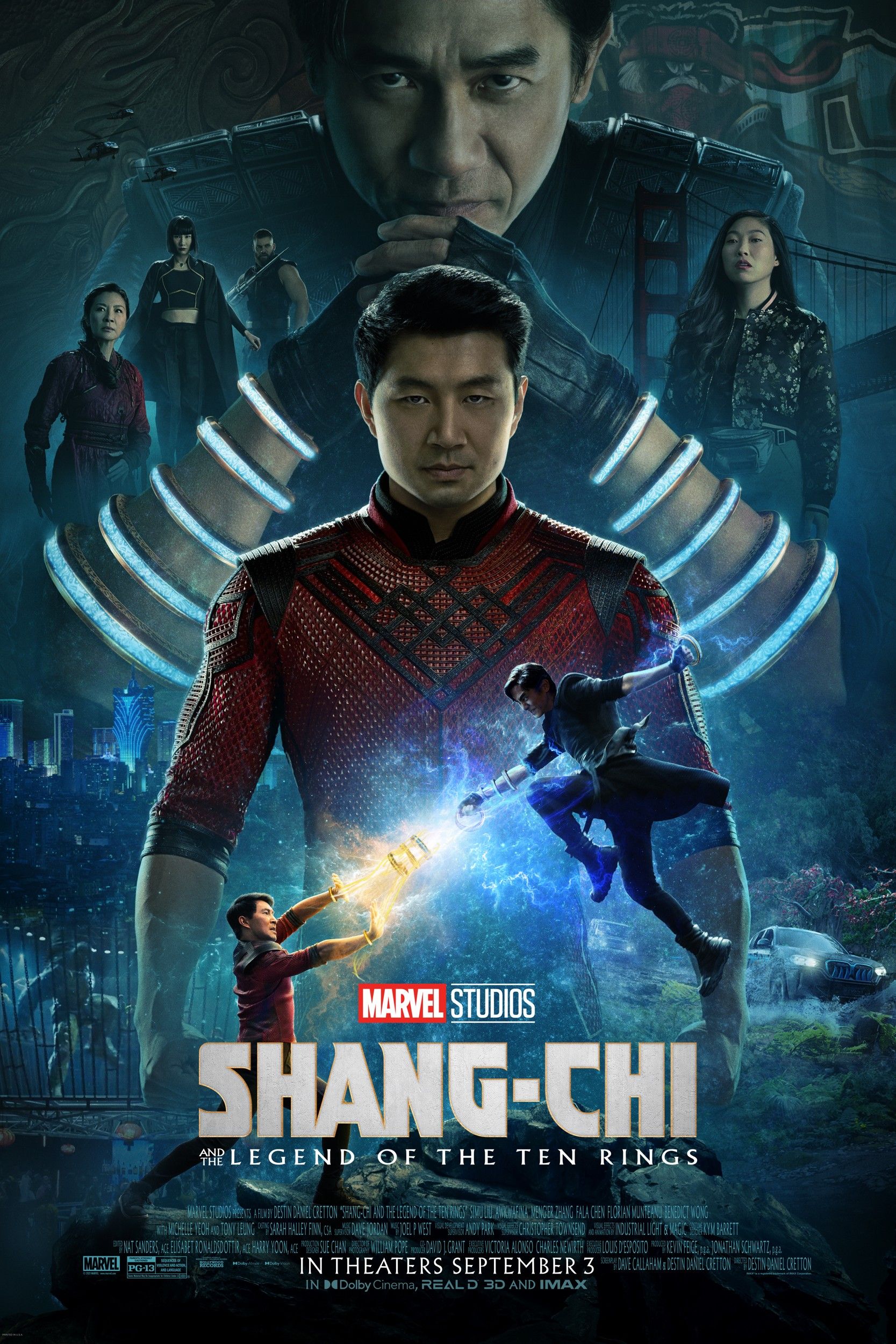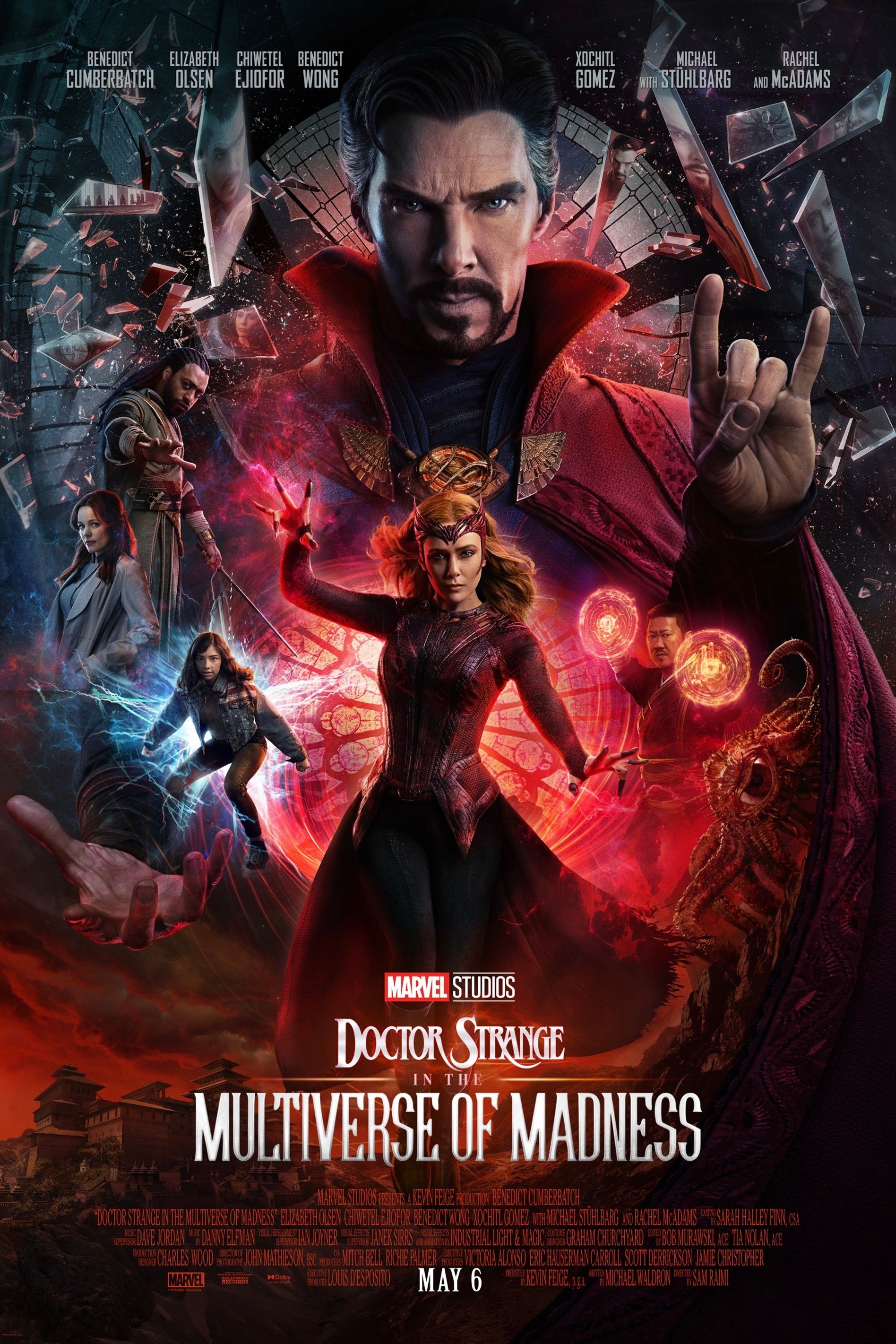Black Panther’s Erik Killmonger surprised viewers and characters within the film when he showed the scars covering a big part of his body – and here’s what they mean. The Marvel Cinematic Universe has been taking big steps with some of its latest films, most notably Captain Marvel and Black Panther. The latter was the first Marvel film with a predominantly black cast and the first time T’Challa was adapted to the big screen. Black Panther was a big critical and financial success, with critics and viewers praising its direction, screenplay, acting, and costume design.
Black Panther followed T’Challa (Chadwick Boseman), the new Black Panther and King of Wakanda, as he came across with Killmonger (Michael B. Jordan), a family related enemy who threatened to begin a global revolution by becoming king and leaving Wakanda’s isolationist policies behind. Black Panther was a big improvement from Marvel Studios, not only in terms of narrative and inclusion but also cultural significance, which was one of the most praised aspects of it.
The crew behind Black Panther paid close attention to every detail in order to bring an accurate representation of African culture in all levels, including certain physical characteristics of the characters. Such is the case of Killmonger’s scars, which have a deeper meaning than just representing each of his kills.
Black Panther: Killmonger’s Scars Are Based On A Real Ritual
In the film, Killmonger explains he has one scar for each of his kills, showing how much he has trained and that he’s not afraid of killing, making him a big threat to T’Challa and Wakanda in general. Like many other elements in Black Panther, Killmonger’s scars are based on real-life African culture, especially a ritual that goes beyond the limits of Africa. This scarification process is done in many tribes, such as the Bodi, Toposa, and Surma from Ethiopia, the Nuer from South Sudan, and the Karamojongs from Uganda. This ritual is also representative of the Chambri Tribe from Papua, New Guinea, which celebrates “manhood” through it.
The Chambri believe humans evolved from crocodiles, and this scarification process leaves them with crocodile-like skin. This ritual takes weeks, and those up for it are first taken to a “spirit house” and kept there for six weeks before the initiation process begins. After that, the tribal leaders make deep incisions across the back, chest, and arms, with no anesthesia or pain relief of any kind (unsurprisingly, this process sometimes ends in death) in order to demonstrate discipline, focus, and dedication. To keep the scars raised, they insert a mix of clay and tree oil in them and go through a meticulous healing process to get the desired results. These “crocodile scars” are a symbol of power, leadership, and strength.
Killmonger’s scars not only represent how dangerous he is, but also his power and strength and how he had to grow up all of a sudden following the death of his father – but more than that, they are a respectful representation of many rituals that are very important in different tribes, further proving Black Panther’s cultural significance.

